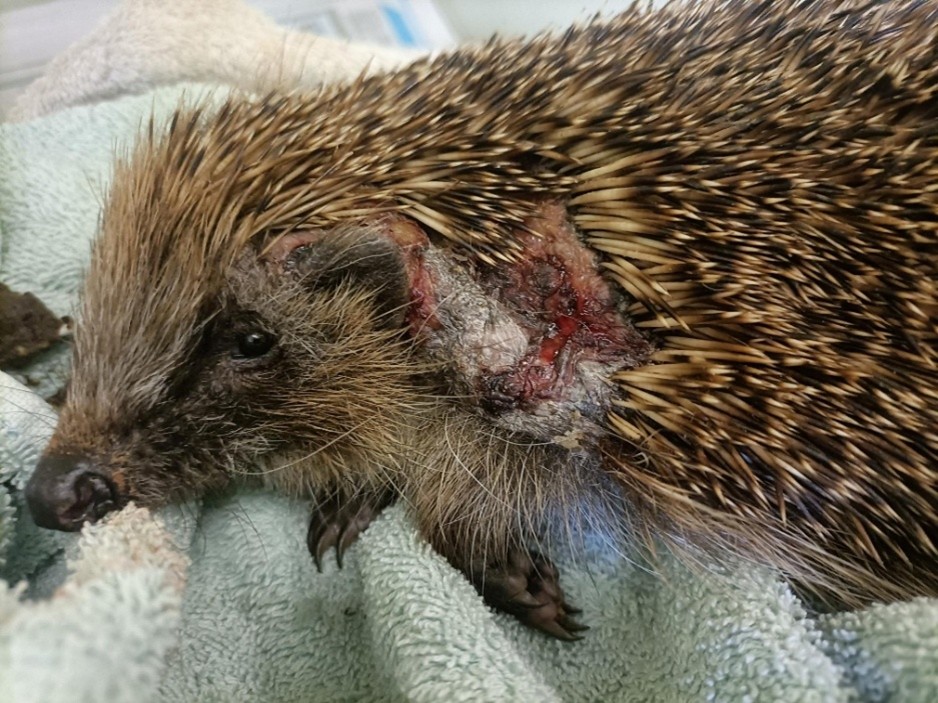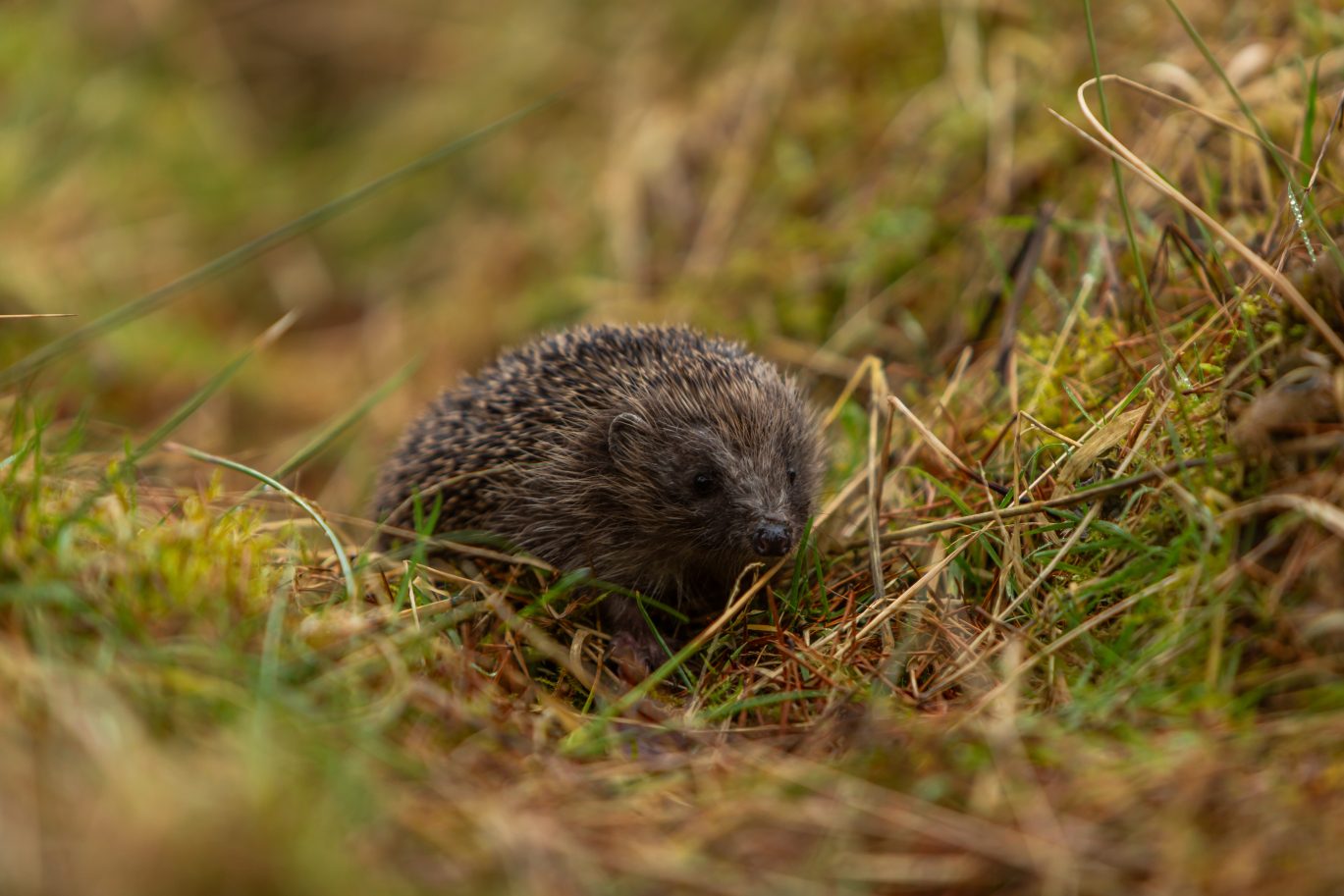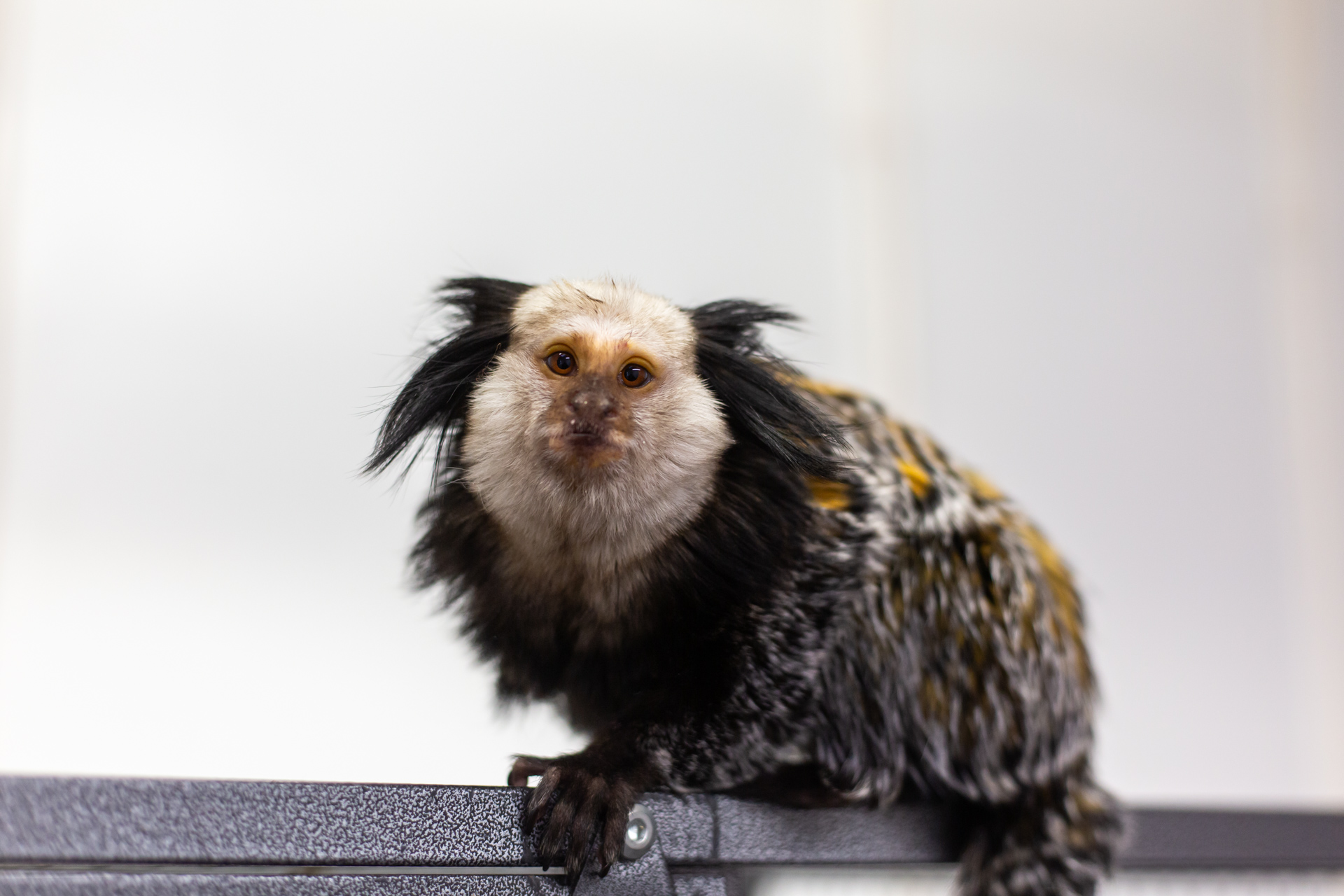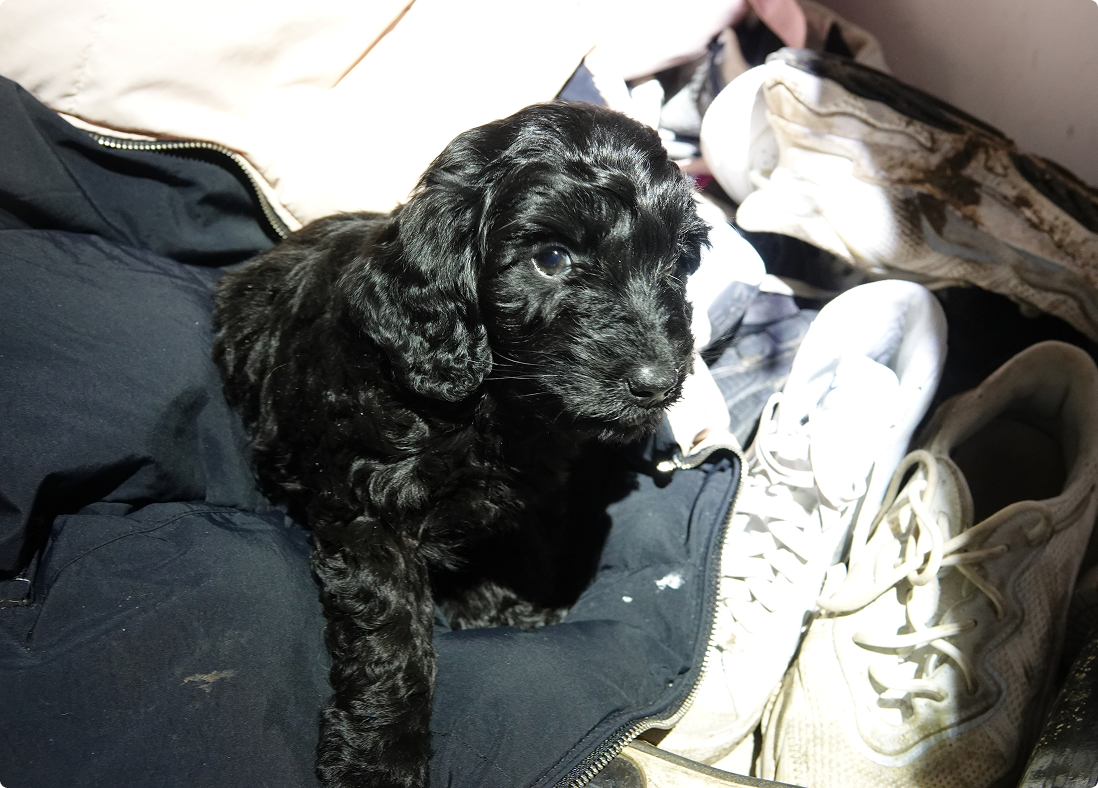We are urging people to help hedgehogs this Hedgehog Awareness Week.
The annual campaign run by the British Hedgehog Preservation Society (BHPS) raises awareness about the challenges faced by wild hedgehogs and encourages people to help them.
We are currently caring for 14 hedgehogs at our National Wildlife Centre, where the small mammal team is providing expert care — and that number is growing every day.
In the first quarter of 2024, we cared for 89 hedgehogs in need, each with its own story and struggle. This year, 59 prickly guests have already found refuge with us.
We frequently admit hedgehogs found out during the day in poor condition, which is usually a sign they’re unwell and in urgent need of specialist care.
Jenna Lister, Triage assistant at the National Wildlife Centre says: “With the arrival of warmer weather, we often see an increase in injured hedgehogs being brought into the centre — many of them hurt during gardening activities.
“Strimmer injuries can be devastating, ranging from infected wounds to broken or missing limbs, and in some cases, can be fatal.
“Thankfully, hedgehogs, like Petechez, are sometimes spotted by kind members of the public — in his case, he was found and taken to a vet for initial treatment.
“He received pain relief to keep him comfortable before being transferred to our wildlife centre for further rehabilitation.
“When he arrived, he was extremely stressed and tightly curled up — a natural defensive response when they feel threatened.
“Upon closer examination, we discovered a large, infected wound on the left side of his body.
“Our Small Mammal Team is now providing him with the care and treatment he needs to recover.”

There are lots of simple ways you can help protect hedgehogs:
- Leave natural materials like leaves, logs, and moss in your garden — they make ideal nesting spots for hedgehogs.
- Always check carefully before strimming, digging, or doing other garden work, as hedgehogs often hide in undergrowth or leaf piles.
- Make your garden wildlife-friendly by removing hazards such as netting and plastic and creating safe spaces for animals to explore.
- Support feed hedgehogs by putting out shallow dishes of water and offering cat food or specially formulated hedgehog food — never bread or milk.
- Act quickly if you find a hedgehog in distress — don’t delay. Call our wildlife rescue centre or helpline with as much information as possible.
- If you come across a nest, check for signs of injury but avoid disturbing it — gently cover it back up if all seems well.
How to Tell If a Hedgehog Needs Help
Look out for these signs — they could mean a hedgehog is in trouble:
- Seen out during the day, especially if it looks weak or underweight
- Lying on its side or appearing to sunbathe
- Showing visible injuries
- Wobbling, limping, or walking in circles
- Trapped in netting, drains, or holes
- Shaped like a rugby ball — this often means the hedgehog is severely underweight
- Surrounded by flies or looking unresponsive
- A hoglet (baby hedgehog) alone, especially if it’s calling out or feels cold
When a Hedgehog Doesn’t Need Help
Some situations might look unusual but are perfectly normal:
- A group of hedgehogs (a family) seen together
- Hedgehogs active at night — this is their natural behaviour
- A nest that’s been accidentally disturbed (just gently cover it back up)
- A female hedgehog gathering food or nesting materials during the day
- A hoglet weighing around 250g or more and exploring independently
- A large, healthy-looking hedgehog
If you are concerned about a hedgehog, visit our advice page for more information.




